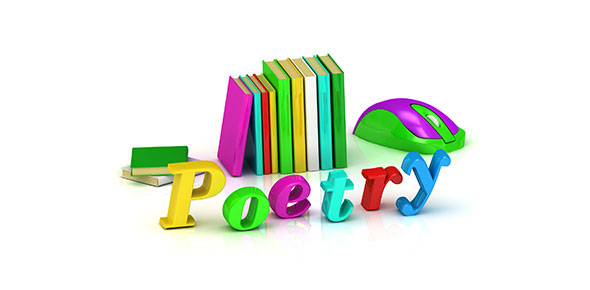Related Flashcards
Related Topics
Cards In This Set
| Front | Back |
|
Allegory
|
Where every aspect of a story is representative, usually symbolic of something else.
|
|
Alliteration
|
The repetition of consonant sounds within close proximity usually in consecutive words within the same sentence or line. Ex: The tall timber was on top.
|
|
Antagonist
|
Counterpart to the main character and source of a story's main conflict. The person may not be "bad or "evil" but he/she opposes the protagonist in a significant way.
|
|
Anthropomorphism
|
Where animals or inanimate objects are portrayed in a story as people, such as by walking, talking, or being given arms, legs, facial features, human locomotion or other anthropoid form (mistakenly called personification)
|
|
Blank verse
|
Non-rhyming poetry, usually written in iambic pentameter
|
|
Iambic pentameter
|
A poetic meter wherein each line contains ten syllables, as five repetitions of a two-syllable patten in which the pronunciation emphasis is on the second syllable.
|
|
Character
|
The people who inhabit and take part in a story. When discussing character, as distint from characterization, look to the essential function of the character or of all the characters as a group, in the story as a whole.
|
|
Characterization
|
The author's means of conveying to the reader a character's personality, life history, values physical attributes, etc. Also refers directly to a description therof.
|
|
Climax
|
The turning point in a story, at which the end result becomes inevitable, usually where something suddenly goes terribly wrong; the "dramatic high point" of a story
|
|
Conflict
|
A struggle between opposing forces which is the driving force of a story. The outcome of any story provides a resolution of the conflict; this is what keeps the reader reading.
|
|
Context
|
Conditions, including facts, social/historical background, time and place, etc. surrounding a given situation.
|
|
Creative license
|
Exaggeration or alteration of objective facts or reality, for the purpose of enhancing meaning in a fictional context.
|
|
Dialogue
|
Where characters speak to one another; may often be used to substitute for exposition
|
|
Exposition
|
Where an author interrupts a story in order to explain something, usually to provide important background information
|
|
Dramatic irony
|
Where the audience or reader is aware of something important, of which the characters in the story are not aware.
|





